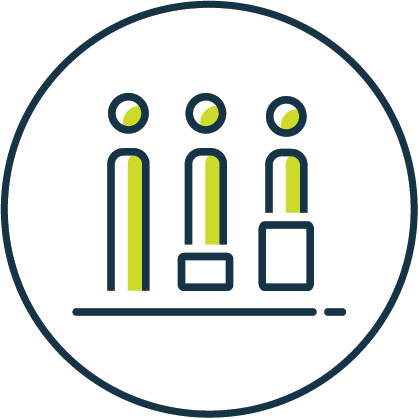
Aligning your business & people strategy
Your business can’t excel without the great people who work for you, which is why we help you take the best care of your employees with experiences that help them feel seen, valued, heard, and inspired.
Our employee experience process
Your employee experience is essential to your success and workplace culture. We will help you accomplish this through our three-step process, keeping you in the loop the entire time.

We learn
Through focus groups, surveys, and analysis, we gather and learn about your workforce (leaders and employees), including all demographics and the experiences they value.

We analyze
We identify the existing resources you already provide and the opportunities that exist.

We implement
Our team walks alongside you to ensure you have the right information, plans, and communication tools in-hand to roll out an exceptional employee experience with measured results.
Areas we can assist you in improving
- Positive workplace culture
- Talent attraction, retention, and engagement
- Communication strategy
- Organizational purpose
- Leadership and employee development
- 5 areas of employee wellbeing
Making your differences shine
We want to help you be the great place to work that you are! Our experts are here to work with you!
Related items





